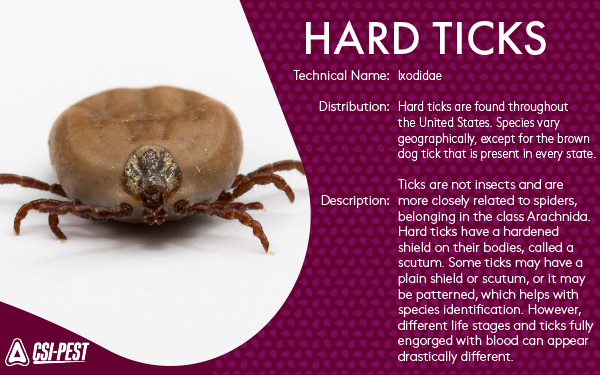 According to the Centers for Disease Control and Prevention, almost half a million people will receive treatment after contracting a tickborne disease each year. The number of annual cases reported and the expansion of ticks into new geographical areas continues to rise year after year. While ticks can pose risks to human and animal health due to the transmission of diseases, their biology and survival strategies are undoubtedly remarkable. Understanding these unusual facts about ticks can provide insights into their behavior and adaptations to different environments and harsh conditions.
According to the Centers for Disease Control and Prevention, almost half a million people will receive treatment after contracting a tickborne disease each year. The number of annual cases reported and the expansion of ticks into new geographical areas continues to rise year after year. While ticks can pose risks to human and animal health due to the transmission of diseases, their biology and survival strategies are undoubtedly remarkable. Understanding these unusual facts about ticks can provide insights into their behavior and adaptations to different environments and harsh conditions.
They use a cement-like substance to anchor in: Ticks are hematophagous ectoparasites, meaning they feed on their host’s blood from the outside. They use specialized mouthparts, called hypostomes, to pierce the skin and anchor themselves while feeding. To remain securely attached to their hosts, ticks secrete a unique cement-like substance that helps them maintain a firm grip and resist dislodgment.
Ticks can survive a long time without feeding: They are quite resilient to environmental stress and starvation which contributes to their impressive survival abilities. Depending on the species, they can go months to years without a blood meal, enduring very long periods between feedings until a host passes by.
Ticks have a tremendous reproductive output: Female ticks can lay thousands of eggs at a time, with some species laying up to 20,000 eggs in a single clutch. This high reproductive capability contributes to their population growth and prevalence in tick-prone areas.
They aren’t picky eaters: Ticks depend on their vertebrate hosts, opportunistically feeding on the blood from a wide range of animals, including mammals, birds, reptiles, and even amphibians. Some ticks go through three different hosts during their life cycle: one host for each life stage (larvae, nymph, and adult).
Sneak attacks from covert habitats: Ticks often reside in areas where some people might not expect to encounter them, like tall grass, leaf litter, shrubs, and wooded areas. When a host passes by, hungry ticks on the vegetation will discreetly latch on using an ambush strategy called questing. This makes it challenging to detect and avoid them, especially during outdoor activities.
PCO Technical Services Manager